Finding Hope at Home: How East Charlotte Residents Are Shaping Their Community
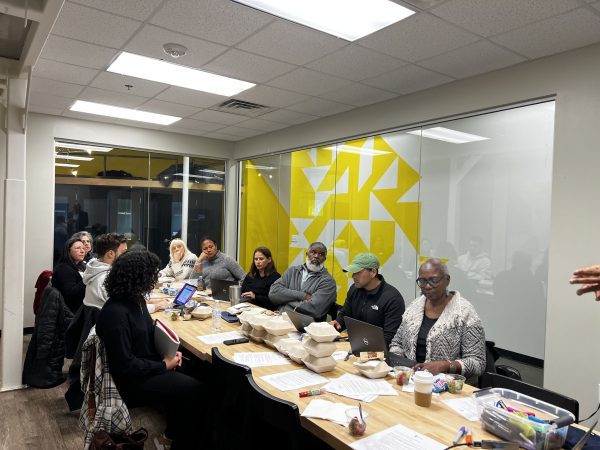
By Mae Israel
Gerald Patton grew up in Charlotte, and when he started house hunting in east Charlotte more than 30 years ago—preparing to propose to his now wife—he already knew he wanted a comfortable place within walking distance of the former popular Eastland Mall on the city’s east side.
Mimi Davis and her husband relocated to the city in 2005 with a preference for restoring a century-old home but couldn’t find one. Their search led them to a 1950s fixer-upper in an east Charlotte neighborhood with a yard large enough to satisfy her interest in gardening.
Wendy Mateo-Pascual and her husband, an agricultural engineer, had for years talked about owning a farm. A developer’s decision to abandon a proposed project in 2017 gave them a chance to buy five acres. This year is their second year growing and selling produce on Pascuales’ Farm in east Charlotte.
Greg Asciutto moved to east Charlotte a decade ago after finishing college. At the height of the COVID pandemic in 2020, he bought a house without considering any other area of the city.
Each of these residents arrived in east Charlotte at different times and under different circumstances. But today, they share a commitment to restoring the vibrancy of the area—through neighborhood organizing, education, farming, storytelling, and community leadership.
Together, Patton, Davis, Mateo-Pascual, and Asciutto are participants in the Albemarle Road/Central Avenue Innovation Incubator project, an initiative by UNC Charlotte to help residents come up with creative solutions to neighborhood challenges.
The effort is led by the university’s urbanCORE (Community Oriented Research and Engagement) office, and is part of an initiative to work with residents in six communities designated by the city as Corridors of Opportunity—previously underserved areas where the city is investing in infrastructure and services.
Backed by university expertise and resources, residents participating in the incubator projects are empowered to take the lead in developing a proposal to tackle a community issue. Residents then work to generate community support and funding to turn their idea into reality.
“A lot of good people are working on it,” said Davis, who moved to Charlotte from Oklahoma City. “I am feeling very positive. I am ready for any kind of surprise that happens.”
What is critical, said Mateo-Pascual, is building collaboration among incubator members who are residents so that their proposal becomes more than a report on a shelf. “My experience working more than 20 years in this community is you go through a process and then that’s it. Everybody goes back to their place. I hope we build a collaboration that will continue.”
These stories help explain how east Charlotte is being shaped—by the people who call it home.
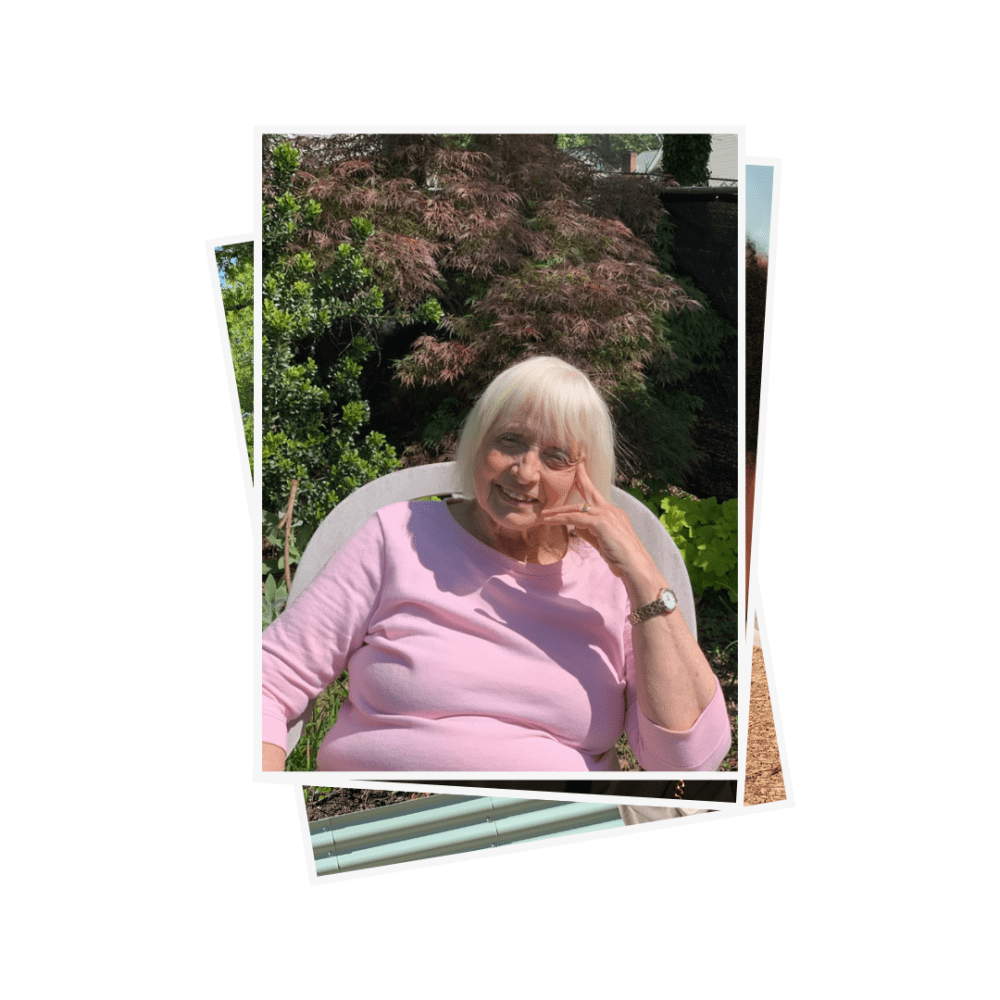
Mimi Davis
Davis, a former teacher and self-described volunteer, began her community activities shortly after moving from Oklahoma City into the Grove Park neighborhood. She served as an elementary school mentor and joined the neighborhood association. Within a few years, she became its president.
“I looked everywhere else and I still prefer east Charlotte,” said Davis, adding that she appreciates the area’s diversity. “There seems to be a feeling of renewed energy here.”
In 2016, in an effort to help organize neighborhoods, Davis started the East Charlotte Coalition of Neighborhoods (ECCON), which holds candidate forums and focuses on specific neighborhood issues. The United Way of Greater Charlotte recently recognized the group’s work and awarded a three-year grant for organization activities.
The money is being used to publish a quarterly newsletter, available at nearly two dozen restaurants, stores and libraries. Currently, Davis said the group prints 2100 copies but hopes to expand.
“I heard early on that there was no cohesion in east Charlotte,” said Davis. “But how do you create it? You create a publication that includes everything.”
Despite a busy schedule of community activities, Davis finds time to work in her garden. It has for years been on the neighborhood garden tour.
Gerald Patton
Patton, who retired from a position as a federal probation officer, was drawn to the Eastland Mall area in the early ’90s. By the late 1990s, the mall, which opened in 1975, began declining and many nearby businesses left. More Hispanic and Latino immigrants began moving into the area. There was an increase in crime in some places and the image of the area began changing.
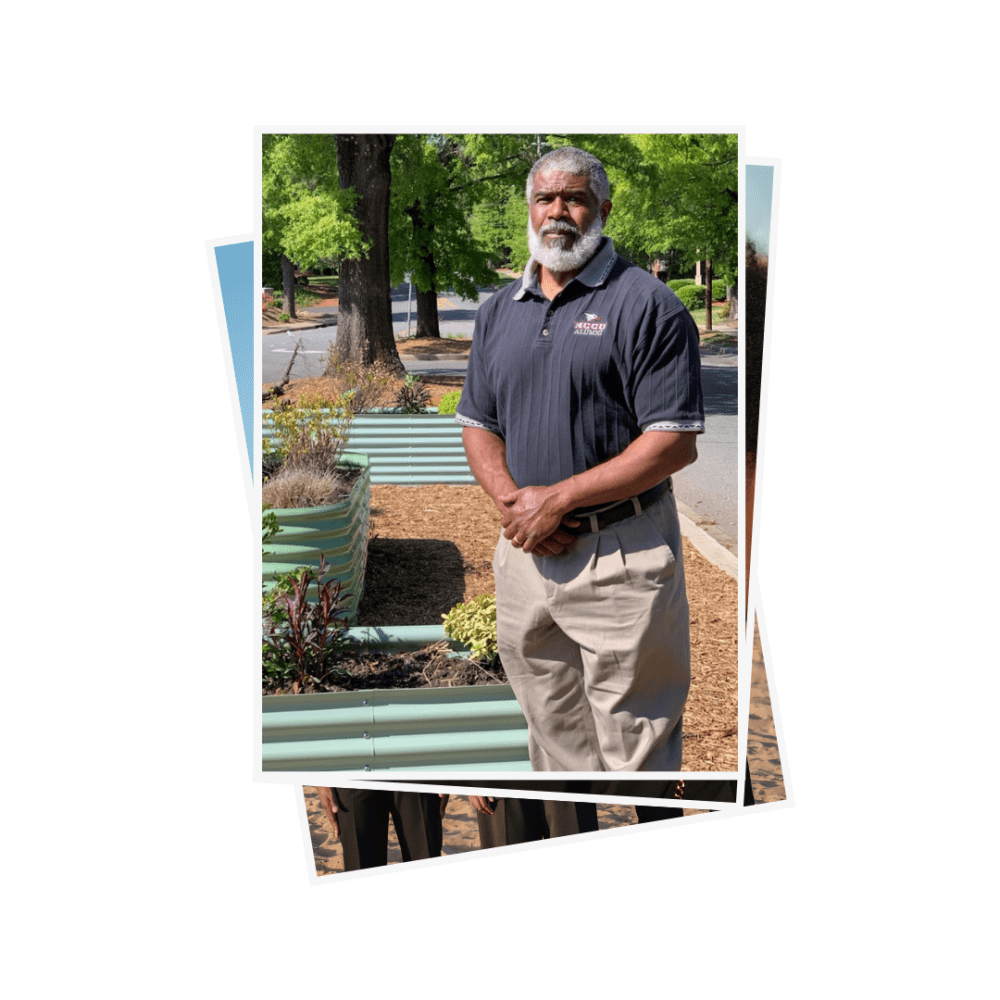
Over time, Patton said, city services declined and many of the small businesses that popped up in the area don’t have money to fix up their properties. City officials, he added, have often been unresponsive to neighborhood issues.
But he is hopeful, not only about the work of the incubator but also the redevelopment that has started on the old Eastland Mall site after years of delay. Construction of housing is underway at the new Eastland Yards; a sports complex and retail is planned.
“Our ultimate goal is to have more influence to get things done,” Patton said.
He is a board member of his Hickory Grove area neighborhood association, serving as the head of the architectural committee, which sets guidelines to maintain neighborhood appearance. Last year, he applied for and won a city grant to help beautify his neighborhood.
The project includes landscaping a median at an entrance to the neighborhood and beautifying a bus shelter with artwork that will depict the history of east Charlotte.
“We are a melting pot,” said Patton. “We have to figure out how to communicate with everyone effectively.”
Wendy Mateo-Pascual
Mateo-Pascual left the Dominican Republic in 2003 to join her husband in the Charlotte area, and at the time did not speak English. She is now working on voter education, community engagement and other issues facing the Latino community.
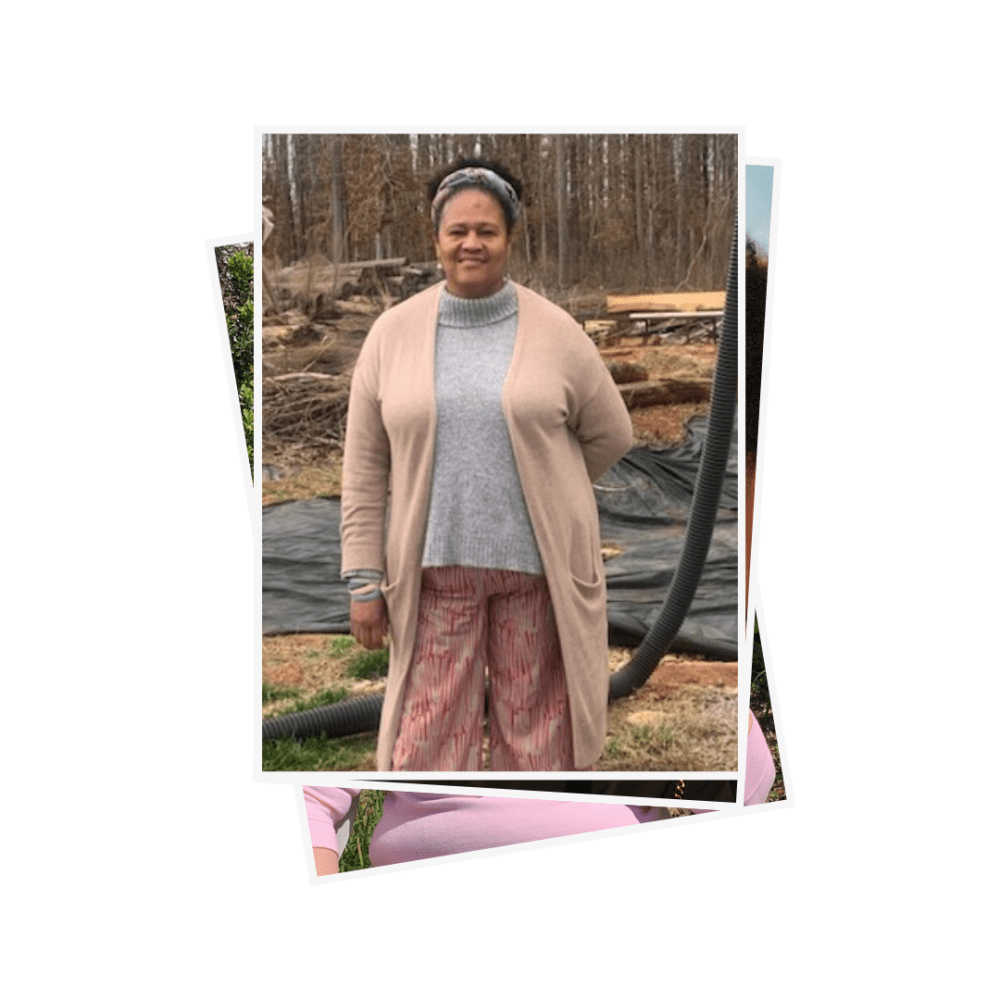
Mateo-Pascual, who worked with a nonprofit in the Dominican Republic, and her husband, a financial manager for a health office there, helped launch the Camino Community Center, now the Camino Health Center, where she served as the executive director for over a decade.
The center, linked to the bilingual, multicultural Camino Church, worked with community partners to provide health and other services to the immigrant community. She left the center in 2017 and started a consulting business, where she provide leaderships, voting education and community engagement services primarily in the immigrant community.
As the incubator continues its work, Mateo-Pascual said the group will need to consider the impact of current immigration issues on any proposed initiative. “It is a lot of work for one community to learn about another community,” she said.
Planting is underway at her urban farm, which primarily uses greenhouses to grow tomatoes, cucumbers, okra and other vegetables. She also sells eggs and provides space for community events.
Her hope, she said, is that Pascuales’ Farm will become a community hub, a place where people can “come together to have peace and healing.”
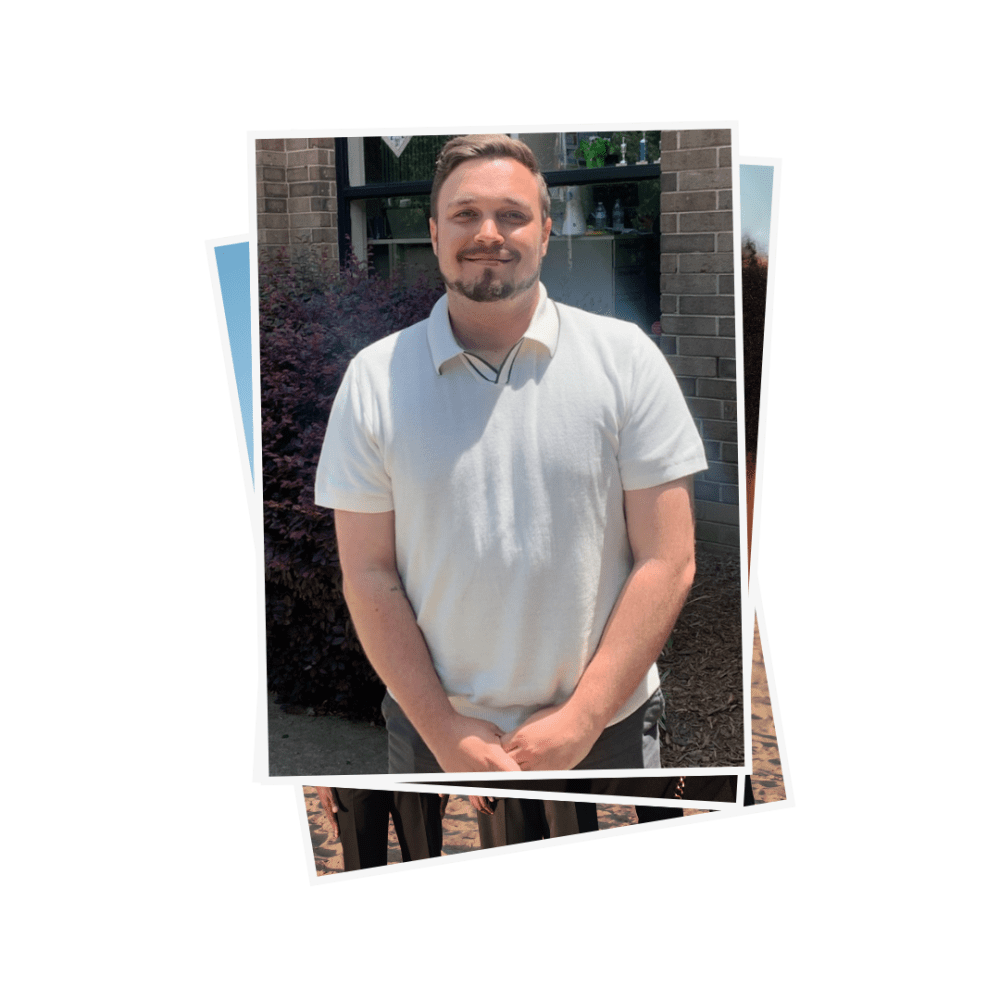
Greg Asciutto
For nearly a decade until January 2024, Greg Asciutto’s passion for his east Charlotte community showed up in the classroom at Garinger High School, where he taught English but also helped his students with their other needs.
He was named Charlotte-Mecklenburg Schools Teacher of the Year in 2018 and the City of Charlotte’s Educator Mentor of the Year in 2023.
He is still working to help students as the first executive director of CharlotteEast, a nonprofit organization formed in 2003 in a partnership with the city to promote community and economic development in communities near the former Eastland Mall. He goes to Garinger weekly to offer support to administrators and teachers.
The organization recently started a school program in five schools pairing a new teacher with a community member who can offer classroom support, an effort to reduce the high teacher turnover rate in east Charlotte schools.
In another CharlotteEast initiative, the organization is using a city grant to develop a business owner network to promote and strengthen small businesses and protect the diversity of ownership. As work continues on the Eastland Yard complex, the organization is working to make sure it is accessible to residents.
“We have so much untapped potential,” said Asciutto, a native of nearby Stanly County.
When Asciutto started looking to buy a home, he wanted to live in the Eastland area but couldn’t find a house that worked for his family. He now lives in a neighborhood near Plaza Road Extension, not far from Pascuales’ Farm.
Why, despite its challenges, did he decide to invest, personally and professionally, in east Charlotte?
“The people,” he said. “It’s a vibrant community of people and cultures.”